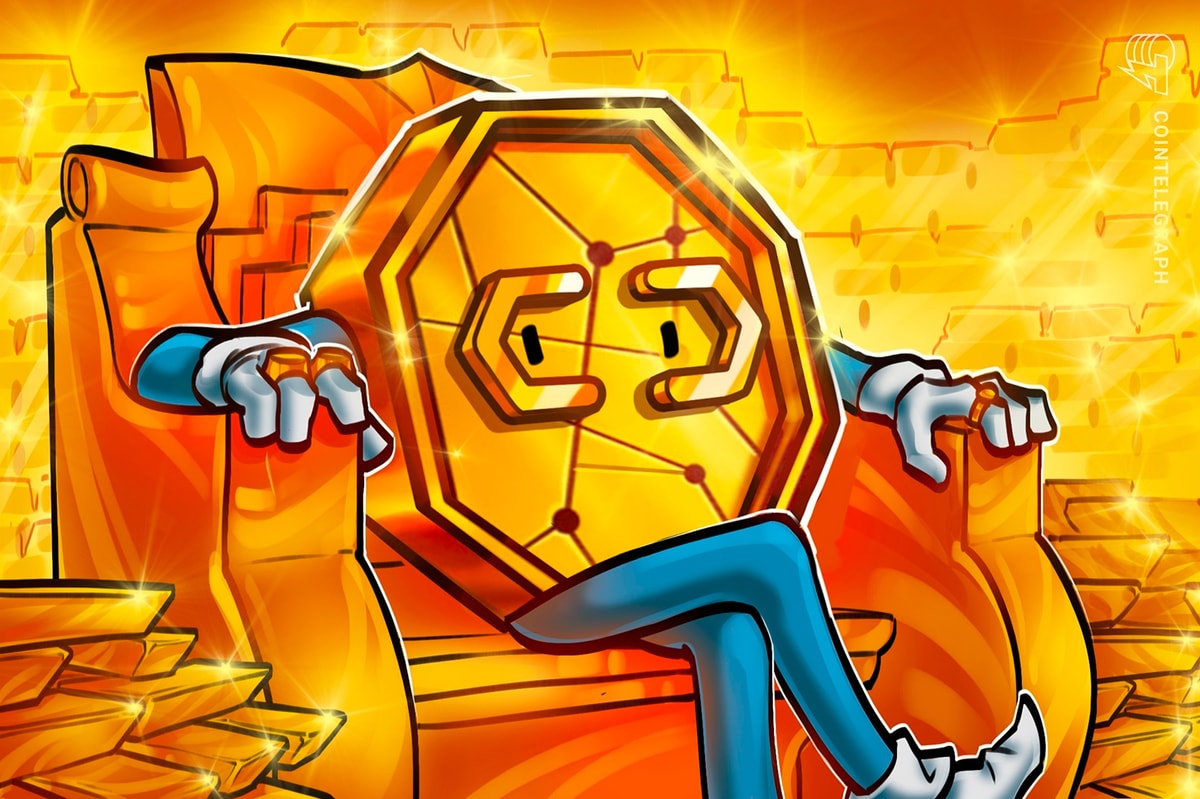Developers of Japanese dApp and layer-two solution Astar Network are proposing to burn 350 million ASTR tokens, worth $38 million at the time of publication, to improve its tokenomics.
"In the short term, burning a significant portion of the ASTR supply will reduce inflationary pressures and potentially increase the token’s market value," wrote Maarten Henskens, head of Astar Foundation. "This immediate impact can boost investor confidence and enhance the attractiveness of staking rewards. In the long term, these measures contribute to a more sustainable token economy by correcting early-stage inflation issues and aligning the total token supply with realistic market conditions."

The next steps include a three-week open panel discussion, during which community members can chime in on the foundation's proposal. Thereafter, a week-long community vote will be held to determine the fate of the 350 million ASTR tokens, accounting for 5% of ASTR's initial supply, from the foundation's reserves. If the proposal passes, the tokens will be burned, and staking rewards reallocated.
The 350 million ASTR reserve was originally set aside from Astar's launch on Polkadot's parachain side chains. However, the imminent Polkadot network upgrade, dubbed "Agile Coretime," will see the parachain system, funded by crowd loan auctions, removed from the ecosystem.
"Good proposal, burning will act as a deflationary mechanism and being tokens that were intended for a purpose that is now almost extinct (Parachain leasing)," commented one user. "A burn would be ideal, as it would help boost both the TVL and the stakers as stated, after all it is a good amount of tokens that will go out of circulation, and this is always good for any economy."
In March, Cointelegraph reported that Astar launched its zkEVM platform, or a zero-knowledge layer-2 chain designed to enable cross-chain transactions between the Astar and Polygon blockchains. It’s integrated through AggLayer, a protocol that supports multichain smart contracts via aggregate zero-knowledge proofs, essentially making the chains seemingly operate for end-users as though they’d merged into a single network.
Related: Bots, airdrops push Ronin to No.2 blockchain for daily users — Not Pixels fans











